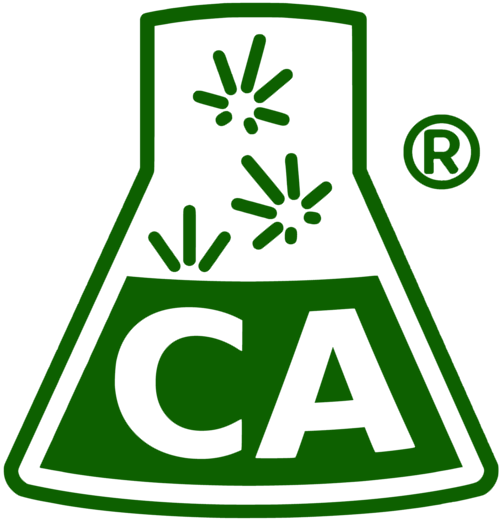How do you test for pesticides?
Cannabis samples are homogenized, extracted using a custom protocol, thereby removing interfering compounds. Instrumental analysis is performed with UHPLC-MS/MS (tandem quadrupole). In Washington, the pesticide testing requirements also require the lab to utilize a separate technology called GC-MS/MS. Therefore, even though it is referred to and billed as the “pesticide test,” from the lab’s perspective it is actually two tests.
Target compounds are identified by matching to Certified Reference Materials. Ion-selective detection (multiple reaction monitoring, or MRM) are used to ensure that precursor and product ions of the correct masses co-elute and are observed in ratios matching those for the reference materials.
An extensive battery of matrix blanks and spikes are evaluated with every run to verify recovery and ensure no cross-contamination. The instrument calibration is checked for every target compound with every run to ensure consistency of measure.
This method of chemical identification is state-of-the-art in forensic analysis of residues. With appropriate cross-examination of laboratory documentation and traceability, it is considered irrefutable evidence in a court of law.
